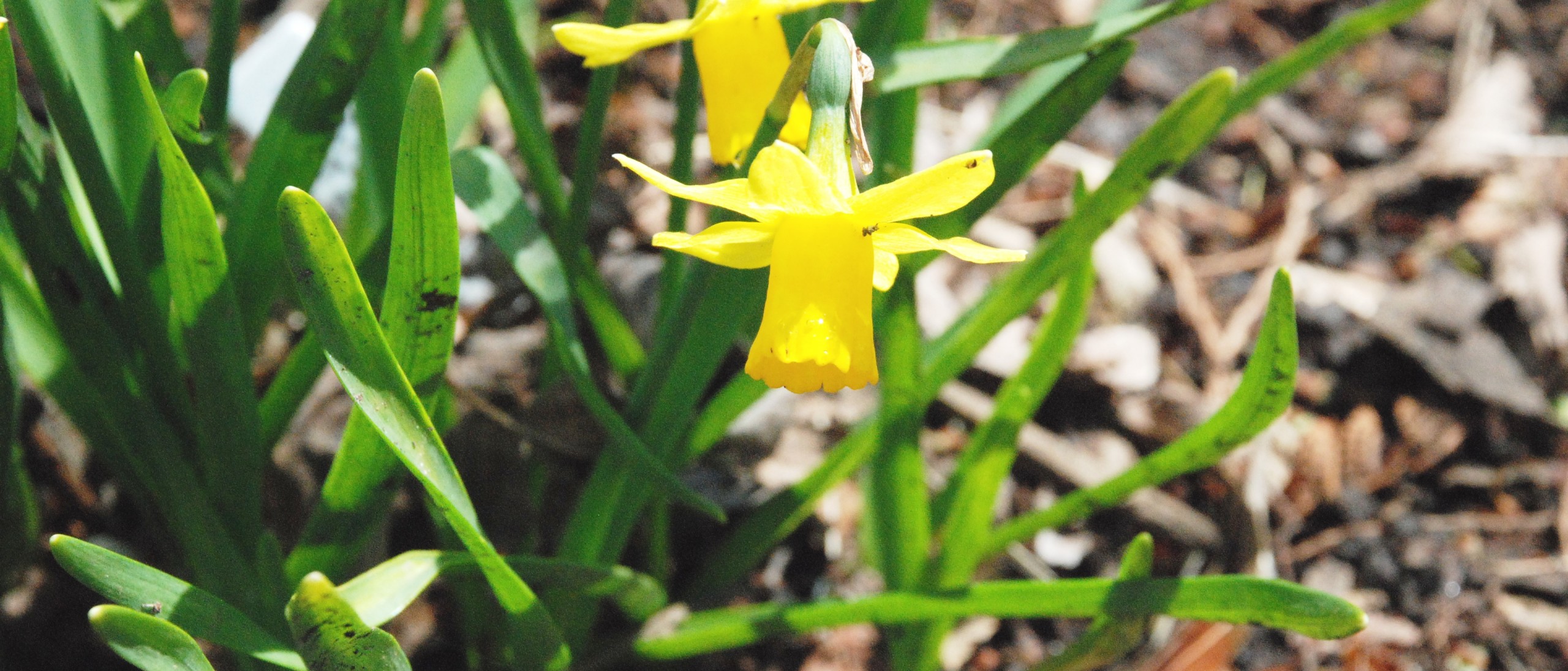
Selecting and Planting Fall Bulbs
Presenter: Christine Abelow, Smithsonian Gardens
Let Smithsonian Gardens’ Horticulturist Christine Abelow show you how to be the envy of your neighbors next spring with an amazing flowering bulb display. Learn tips and tricks about planting fall bulbs such as daffodils, tulips and hyacinths.
